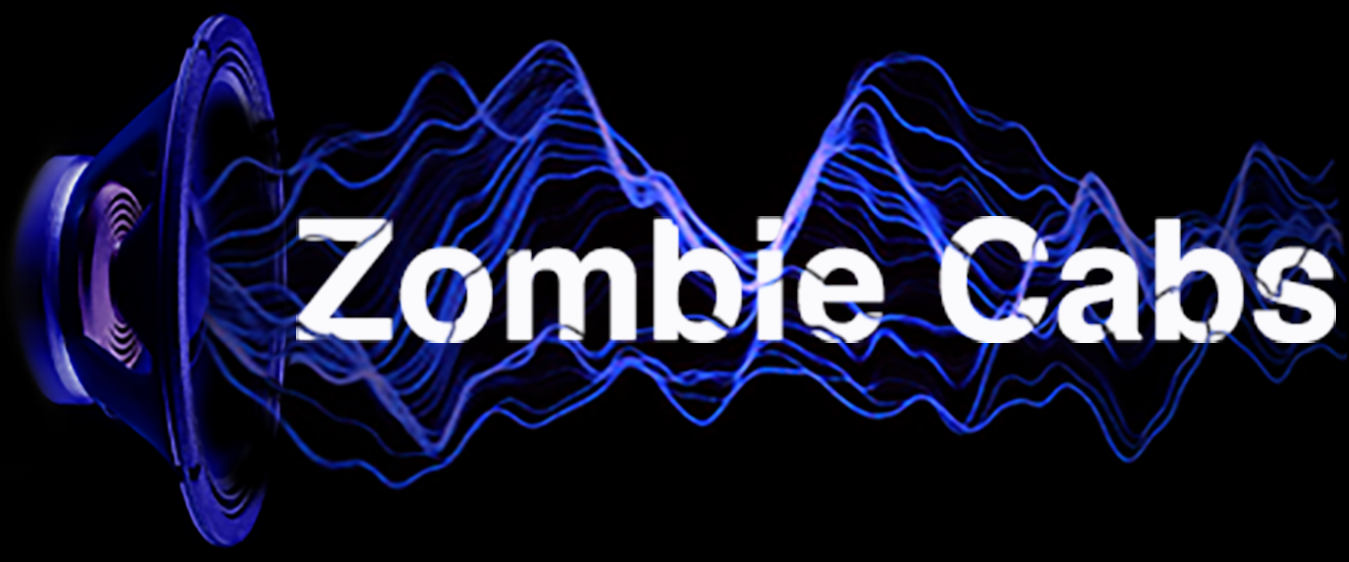What is a guitar cab impulse response?
Simply put, a guitar cab impulse response is a simulation of a guitar cabinet that is mic’ed. You may have heard of “Cab Sims” that the music industry offered years ago with modeling type of preamps and amplifiers to digitally mimic a real guitar cabinet. If you were like most of us, you were not very impressed with these cabinet simulations…they just didn’t sound quite real and neither did the amp sims. Through the years amp modeling has grown to actually achieving a pretty close sound to the real thing. Cab sims or what most people today would call cabinet impulse responses have also grown to a very realistic sound.
How are guitar cabinet impulse responses made?
How are guitar cabinet impulse responses made? It’s really quite simple. A sound (or impulse/signal) is ran through a guitar cabinet. The signal is a short clip from very low to very high frequencies. The sound (Impulse/signal) is recorded which produces a small .wav file. This wave file is a recorded capture of what the speaker cabinet outputs…this is what you hear with your ears. The sound that is captured can be effected by several factors; the acoustics of the room, microphones, amplifiers and the recording gear used. Because of these factors, an impulse response can be manipulated by these same factors. For example, if you adjust a microphone position or use a different mic or a different amplifier, this produces a different sound that is recorded. This recorded sound is “The Impulse Response” or what many people will call IR’s for short.
What are guitar cabinet impulse response mixes?
Now that you know what an impulse response is and how it is made, you may have heard of mixes. If you search the internet, you undoubtedly will find IR’s that were mixed. Some creators of IR’s will give you information on the gear used and others will offer IR’s with no information at all. Most likely these IR’s were mixed if you are not being told what gear was used in the capturing process. Are these IR’s better or worse? It really depends on your ears and what application you are using the IR for. A mix in general is adding and manipulating the impulse response. This could be done with EQ’s, multiple IR’s layered together and numerous sound enhancing techniques. The downside of mixes are, while they may sound huge playing your guitar through it by itself, you may find it hard to fit that huge guitar sound into a mix where you need room for drums, bass and vocals. Another way of looking at mixes is…this is someone elses sound…not yours. You can always add EQ and other sound enhancement to your guitar track…it’s part of the creative process to achieve your tone.
Why use a guitar cab impulse response?
This is where guitar cab impulse responses get really fun! Of course, you can record your guitar through your amp and into your cabinet…tweak it to your liking and you are done. If you are like most of us, we don’t have multiple amps, cabs and microphones to choose from. If we are at a studio, we are most likely being charged by the hour, so we have to choose between “the sound” and how much this is going to cost us. But IR’s are relatively cheap compared to purchasing all the gear we would love to have in our arsenal. Also, in a lot of cases you will find that your live tone is different to your recorded tone. You may find that a certain amp/cab/mic combination that you would never think of in a live situation works perfectly for your recording. Or one works for rhythm, while another works for lead or even changing impulse responses between songs. Would you have thought that a 1×12 cab or an open-backed cab works better in some situations compared to a 4×12 cab? The possibilities become intriguing! Last but definitely not least, IR’s can lead you to “the tone” that we all are looking for in a real guitar cabinet…..without having to fork over that cash….it’s a cool and cheap way to try before you buy!
